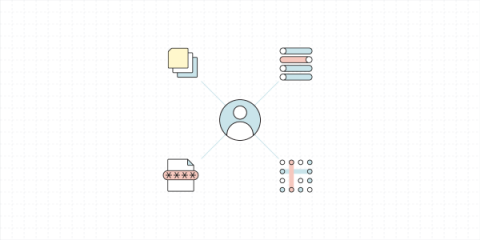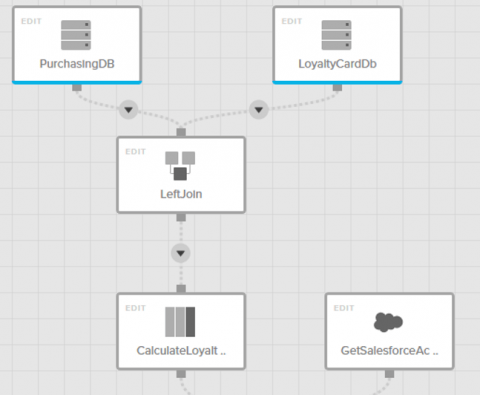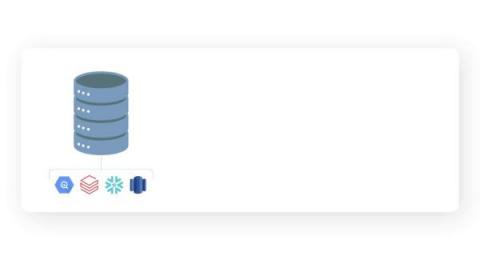Zero-ETL approach to analytics on Bigtable data using BigQuery
Modern businesses are increasingly relying on real-time insights to stay ahead of their competition. Whether it's to expedite human decision-making or fully automate decisions, such insights require the ability to run hybrid transactional analytical workloads that often involve multiple data sources. BigQuery is Google Cloud’s serverless, multi-cloud data warehouse that simplifies analytics by bringing together data from multiple sources.











